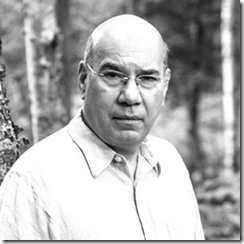
The television version is typical, well, television. The music is overly dramatic. There are trite dramatized scenes of Jesus being arrested and tried, nailed to the cross, his body being wrapped in a shroud, and so forth. These scenes are not, in fact, so much dramatic as illustrative: we get visual representations of what people are talking about. The better moments are those where we get the actual history of the Shroud: its sudden appearance in the middle of the 14th century, its even more stunning acquisition of huge importance to the faithful when, in 1898, an amateur photographer took a picture of the Shroud and a positive image of a man appeared. Was this the actual face of Jesus?
Decades of scientific investigation of the Shroud ensued, with the conclusion by art historian Nicholas Allen in 1988 that the Shroud is a fake but an interesting one that pushes the history of photography back five hundred years. A further series of radiocarbon tests on the Shroud in 1988 suggested that it dated to the 13th or 14th century, although even this has come into question, as scientists go deeper, looking at pollen samples and so forth.
The mystery was really never solved. It was complicated by the Sudarium. A sudarium is simply a piece of cloth (like a handkerchief) put over the face of a recently deceased person, and one of these corresponding to the Shroud itself was found to have ancient origins dating to about 700 CE by radiocarbon testing. But there are many complications, and—to fully understand them—one really needs the companion book. The television version glosses over the details, as it must; yet the details are riveting. By way of conclusion, Fr. Martin says, “When we look at the authenticity of the Shroud, my gut tells me that it’s real.”
Real or fake, to me, seem the wrong categories. Useful or not as aids to faith and spiritual reflection might be better categories.

